Before you click away thinking that this is about writing and not painting, think again. I recently read Pixar’s “22 Rules of Storytelling” and was captivated by how similar they are for building visual stories.
I’ve made a selection of many of their rules that parallel how well they can work for visual pieces.
2. Keep in mind what’s interesting to you as an audience, not what’s fun to do as a writer.
Likewise in painting, think about the kind of work you like to look at as a viewer, not as an artist. Your audience will see your work the way you see others’ work. Paint from this detached perspective to capture an audience. It isn’t easy. It takes focus and it takes stepping outside of yourself to get a clear perspective.
3. Trying for the theme is important, however you won’t see what the story is about until you’re at the end of the story. Got it? Now rewrite.
You start with a general idea of your visual, but it takes drawing and designing and redrawing and redesigning to understand it. This is finding your visual story. The middle stuff, the work and struggle, the fear, the failed attempts mean nothing if the final is a solid painting. Visualize your story. Now trim it to the most important aspects. Find the aspect that tells the most in the simplest way. That’s your point.
5. Simplify. Focus. Combine characters. Hop over detours. You’ll feel like you’re losing valuable stuff but it sets you free.
Simplify. The most powerful word in Creativity. Complexity works less than a direct, simple piece. Do not over-tell. Cut extra thoughts lose. Trim story-telling additions that aren’t necessary for the idea. Extraneous elements must all work toward the whole or they are visually useless. Crop them off. Delete. Scene-setting an image must only include the parts that tell.
An image must read quickly and strongly, no matter how subtle or complex. There’s no extra room to explain if the audience didn’t get the idea on first view. There’s plenty of room left if the viewer gets it in their gut with the first look.
7. Come up with your ending before you figure the middle. Seriously. Endings are hard. Get yours working up front.
For the artist, the entire story is the ending. The finished painting. Start with the end in mind. What’s the final impression for the viewer? The struggle is immaterial if the final work is not compelling. Plan for that final look that projects a lengthy story in milliseconds. The ending visual tells the backstory to the scene and characters of a painting.
8. Finish your story. Let go even if it’s not perfect. In an ideal world you have both, but move on. Do better next time.
Finish your painting. You must finish many paintings to be good at painting. It isn’t practice, it’s training. It won’t be perfect, but it must be finished. You must proclaim it done. Without finishing you can never achieve a visual moment, and no moment is no story. Finish it and move on. You get better at storytelling by having told stories before. Tell many. Finish them all.
(Btw, a client will never hire you if you can’t finish a job.)
9. When you’re stuck, make a list of what wouldn’t happen next. More often than not, the material that gets you unstuck appears.
Make a short list of the things you’re character wouldn’t do, or you wouldn’t want to depict. Work backwards. What aren’t they? What won’t they wear? What isn’t the scene? The visual of what they are, what they wear, where they are, starts to appear.
10. Pull apart the stories you like. What you like in them is a part of you. Recognize it before you use it.
The images you are drawn to are primitive aspects of your intuitive self. They have lived in you for longer than you can remember. I ask my students to show me the paintings they love to look at. It’s not about the paintings. It’s about how they respond and why. They don’t know why, but they don’t have to just yet. Let your favorite painters influence you. When you follow that intuitive thread it leads to more of yourself, what you like, how you want to paint. It reveals who you are through the visual. Eventually, your work will influence other people.
11. Why must you tell this story in particular? What’s the belief burning within you that your story feeds off of? That’s the heart of it.
As above, the images you are drawn to reveal things about you that are deep-seated. Don’t resist by asking why you are drawn to them. Take the journey and follow for awhile. There are things that want to come out, things that you want to share. Aspects of life you want to point to and ask if others feel the same. In turn, they will become attracted and ask questions of themselves. This is compelling. This is how compelling visuals are built.
12. Discount the 1st thing that comes to mind. And the 2nd, 3rd, 4th, 5th…get the obvious out of the way. Surprise yourself.
The idea that your first idea is generally the best idea is nonsense. Ideas are not fully formed complete and by themselves. Visuals need to be explored to be designed. The idea must evolve. It must go from inkling to hunch to impression to sketch to drawing. Start with the obvious and build by trial, rejection, rework, overrule, retry. Visuals are grown, not born.
15. If you were your character, in this situation, how would you feel? Honesty lends credibility to unbelievable situations.
In storytelling pictures the inauthentic stands out as false, no matter how fantastic the theme. No matter how incredible or unbelievable the idea, an honest interpretation will convince. In other words, what you question about the image the viewer will question as well. Make it believable by representing a real human experience to the fantastic. You must believe it first, but you must convince next.
17. No work is ever wasted. And if it’s not working, let go and move on—if it’s useful, it’ll show up again.
In visual storytelling you are required to design from simplicity. Be direct, authentic, and convincing. To do this requires exploration and experience. Only you get the experience from the exploration. You save the viewer from having to do it with you. You search and you find; you attempt and discard; you fail and reset. No path is wrong, only research. You will need to experience that path to know it’s not the direction you want. Backtrack to the essence of the original idea and choose an alternate tack. None of this time is useless. It is necessary to get to the point.
18. You have to know yourself, and know the difference between doing your best and being fussy. Story is testing, not refining.
To know yourself as an artist takes time. We all want that too quickly. Take solace in knowing that the more you paint and visually tell stories the faster you will gain that experience. Sound too simple? It is that simple. If you ignore the process you’ll only find yourself stumbling back toward it at some point when you are older, irritated that you could’ve known it sooner. That said, when you do understand the difference between your best and just phoning it in, you’ll know how to create from confidence. Refinement of technique can be learned fairly quickly and maintained through training, but it’s knowing when you’re working well that makes the difference in visual production. Painting is testing, too.
20. Exercise: take the building blocks of a movie you dislike. How would you rearrange them into what you DO like?
Likewise, take a picture that you dislike and rearrange the elements to make it work. How would you improve it? I used to think about this when I saw paintings I admired and still thought I could improve them. Once, as a student, I was dismissed by a pro for asking if art can be improved upon. Since then, I’ve found that almost any visual can be added to, rearranged, edited, etc., to get a different outcome. Does it make it better? Perhaps. That’s also assuming there is a final correct way. There is no correct way. Only efficiency.
22. Putting it on paper only allows you to start fixing it. If a perfect idea stays in your head, you’ll never share it with anyone.
If you don’t take the risk to get your idea on paper or work to develop it into a visual piece, what good is it? Ideas are cheap. They are constantly arriving and leaving. Making the decision to grab one when it appears is only part of the process. It needs nurturing from there. If you don’t work it out, no one will know about it. Or care. Only the ideas that manifest into actual pieces can be admired.
And finally, I end with the beginning rule in mind:
1. Admire characters for attempting more than what their successes have been.
The character they speak of and develop for story can be you as an artist in real life. Be the character that attempts more, reaches for more, tries for more. Your artwork advances by what you attempt, not by what you know. It doesn’t have to be a grand endeavor. It just has to be a tenuous, risky, uncomfortable one. Be brave.


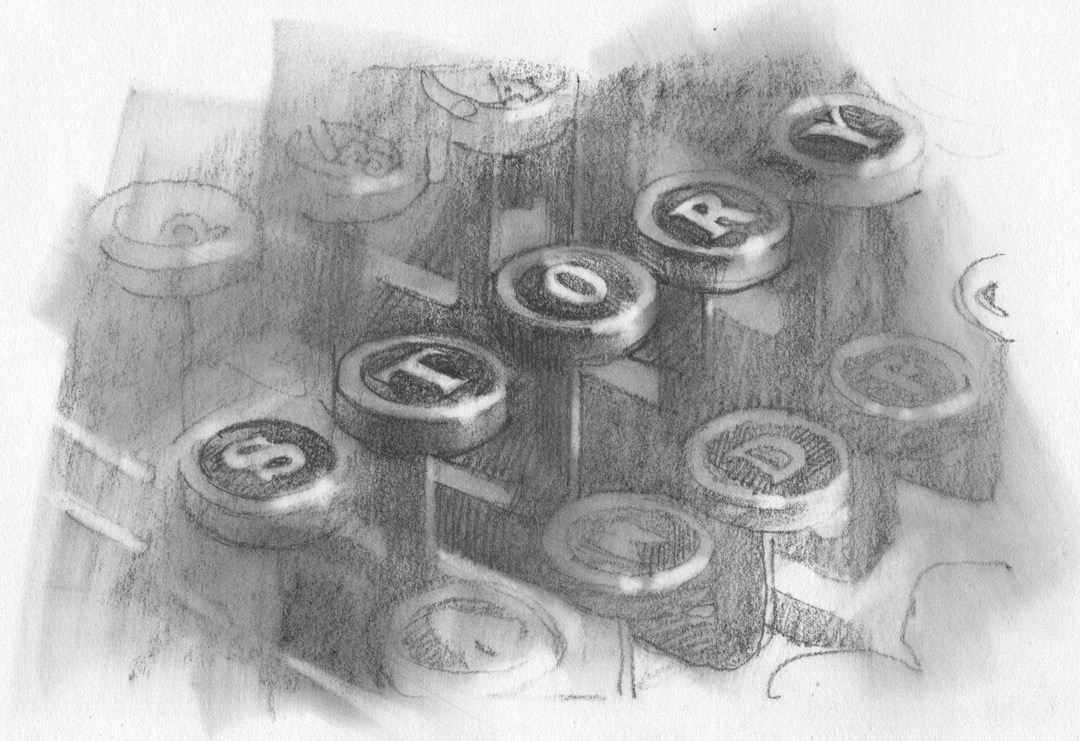

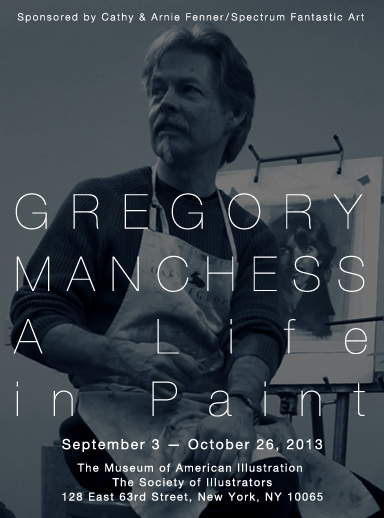
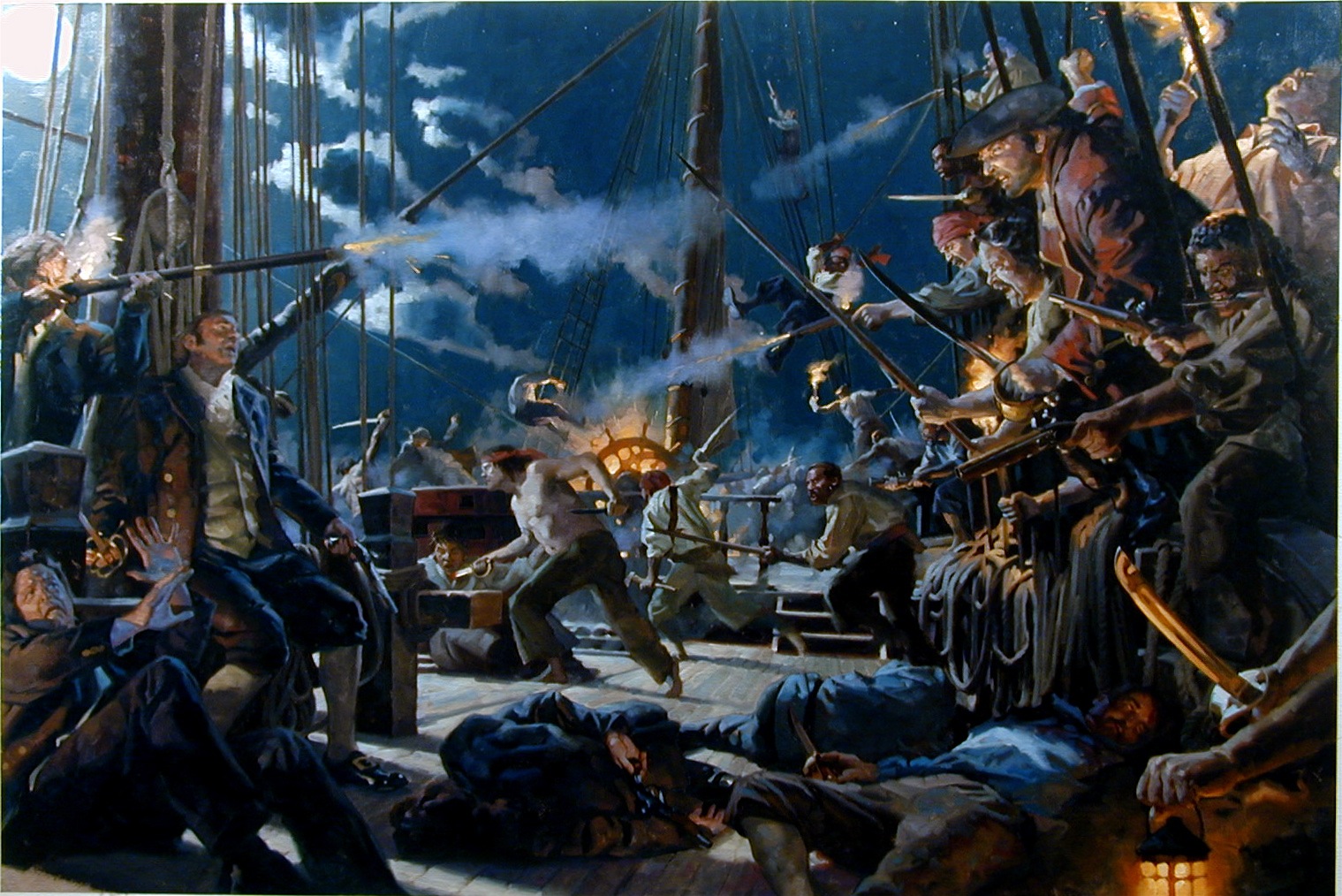
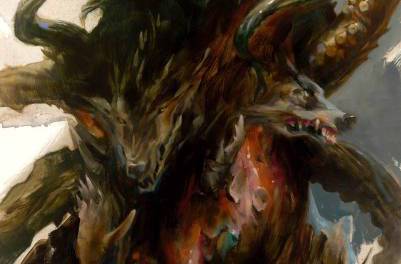
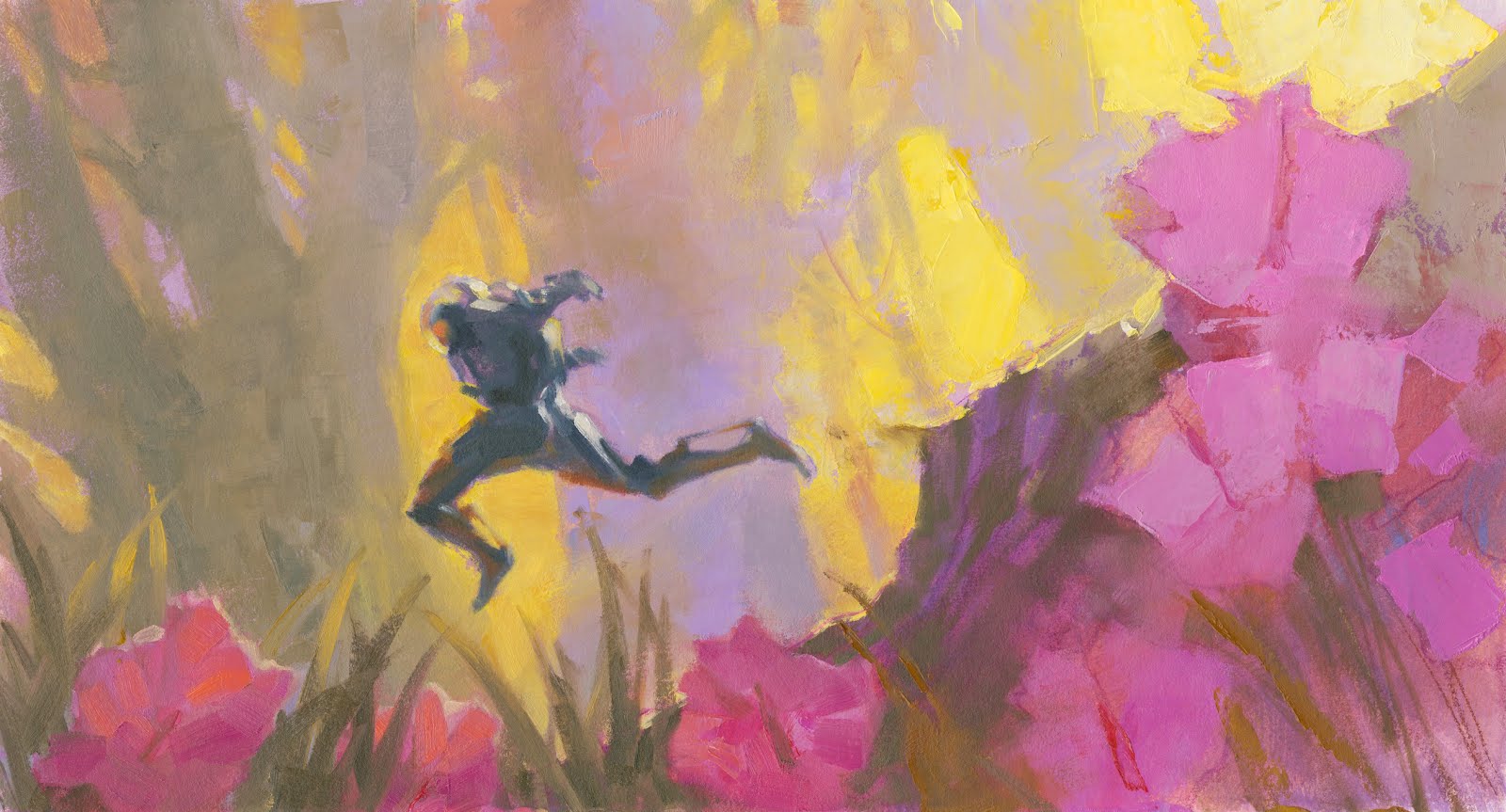
Thanks for this inspiring post, Greg. I have lately caught myself drawing/painting almost blindly and without critical thought and have been frustrated by what seemed to be a creative slump. I now realize this is most likely a result of my not taking adequate time and energy to question, critique, and analyze my own decisions. What was this process like while working on “Above the Timberline”? having do deal with such brutal deadlines?
Thanks, Kyle. It took me a very long time to realize that developing a painting isn't just some kind of flash idea that's then put onto canvas. Good ideas, ones that count, take time and effort to perfect.
I once heard someone say that if the idea is good, they would let it go and almost try to forget it. If it keeps coming back (keeps coming up in thought) then it's one that holds on. I kinda like that, but I forget many ideas, so I like to write them down. If I can get the same energy from seeing it in words, then I go to a sketch at some point.
Timberline was very fun from beginning to end, but there were certainly many times of anxiety. (I wrote about that earlier on Muddy: http://muddycolors.blogspot.com/2016/12/things-i-learned-from-creating-122.html) I had to outlaw any extraneous thoughts that cropped up that were counter to my enthusiasm or fun. I had to quiet that part of my doubting brain. After a while, I befriended that part, would listen to it, and then let it fade to the background. I got better as I went. Then I realized, OMG, that's what I've done for my entire career: quieted the doubts so that I could actually get to the paint and try to accomplish the things I really wanted to do!
I should write that sometime, yes?
Greg
Excellent, excellent post. Some of my neurons which had been unwittingly migrating towards each other finally linked up. Pow! Number 2 and 10 especially. You have my gratitude, thank you Greg!